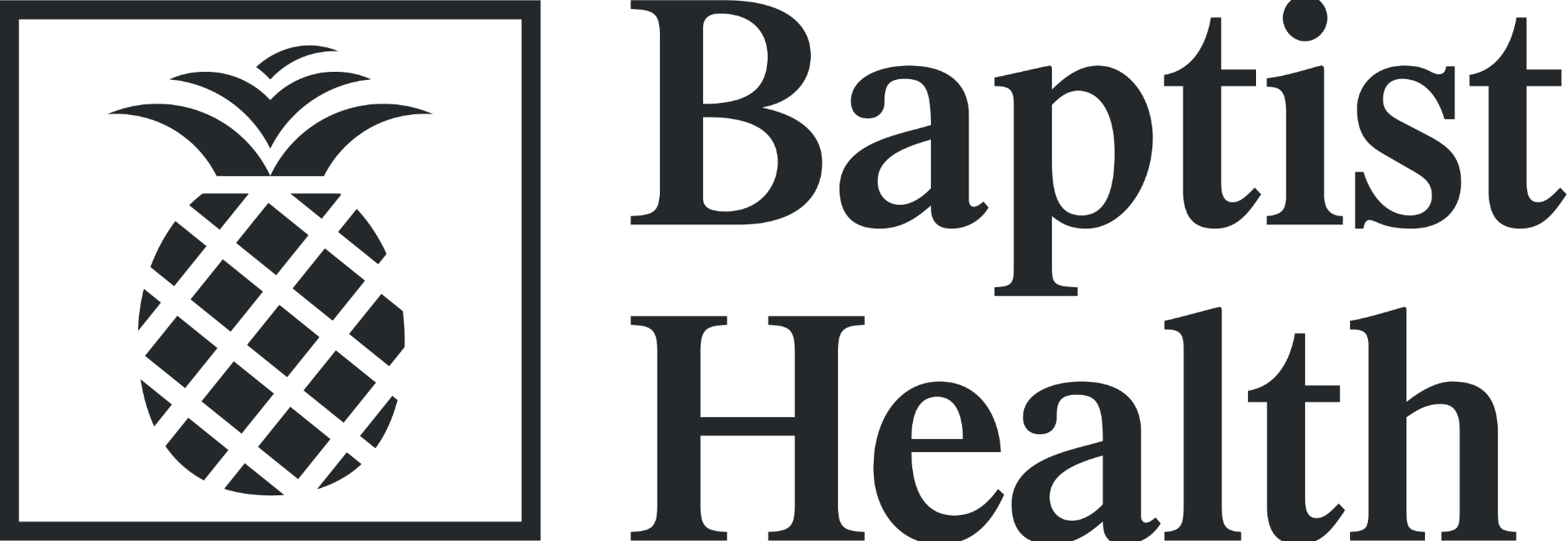
Relevant Topics in the Multiple Myeloma Space

George Nahas, DO, discusses recent and ongoing research that has impacted the current treatment landscape for patients with multiple myeloma.
George Nahas, DO, attending physician, and hematology and oncology specialist at Miami Cancer Institute, discusses recent and ongoing research that has impacted the current treatment landscape for patients with multiple myeloma.
According to Nahas, the use of immunotherapy has proven to be beneficial in this space. Specifically, treatment with chimeric antigen receptor (CAR) T-cell therapy and bispecifics have shown promise for patients with multiple myeloma.
One recent study, the
In the interview with Targeted OncologyTM, Nahas highlights these updated findings that show promising efficacy with the use of CAR T-cell therapy for this patient population.
TRANSCRIPTION:
0:10 | The most relevant topic in the current landscape is probably the use of immunotherapy, specifically CAR T cells and bispecific T-cell engagers in later lines and even earlier lines of therapy, and when to use them. These are new therapies. They are available for later lines of therapy. For example, I mentioned CAR T cells first because they are the most talked about and have the greatest efficacy so far.
0:55 | We have the updates to the CARTITUDE-4 trial for our patients with relapsed/refractory myeloma. This is a phase 1/2 trial. These are patients who are triple-class refractory with 4 lines or later treatment. Originally, results demonstrated 95% plus, 98% overall response rate with high complete response rates as well. This is a later line treatment for patients who are difficult to find good responses like this for.









































